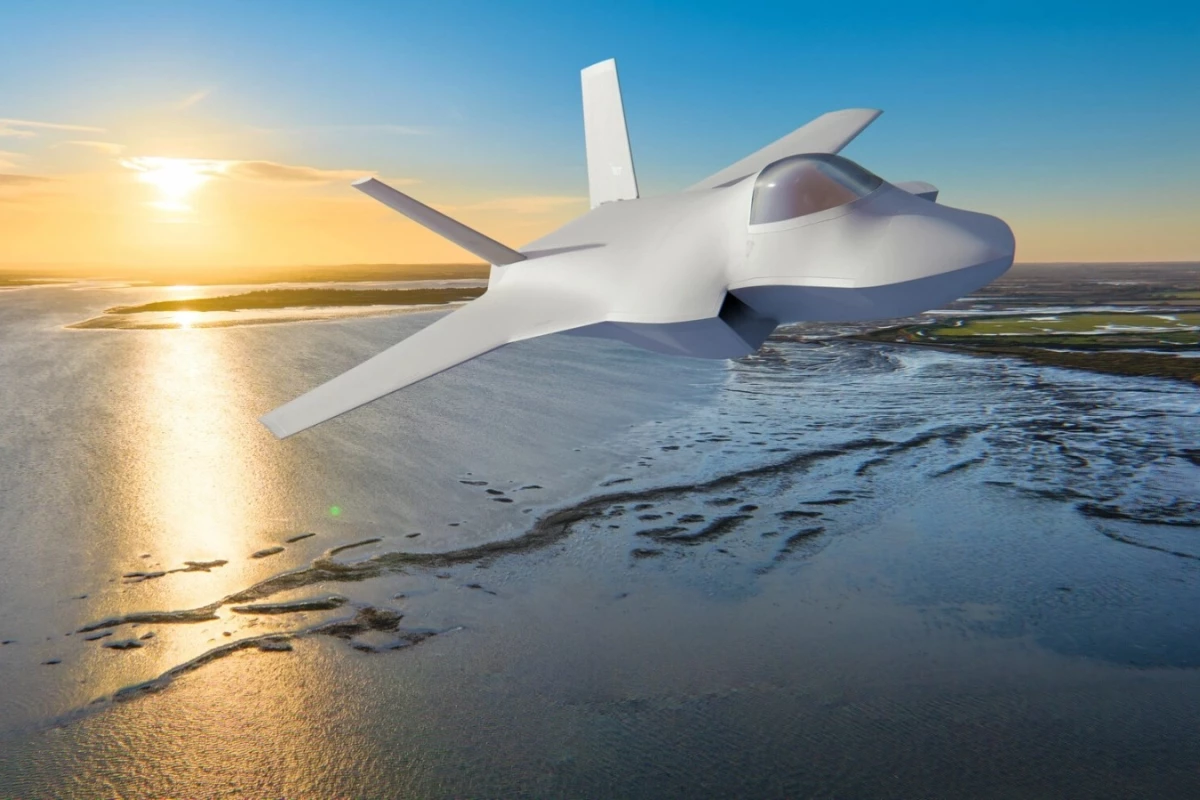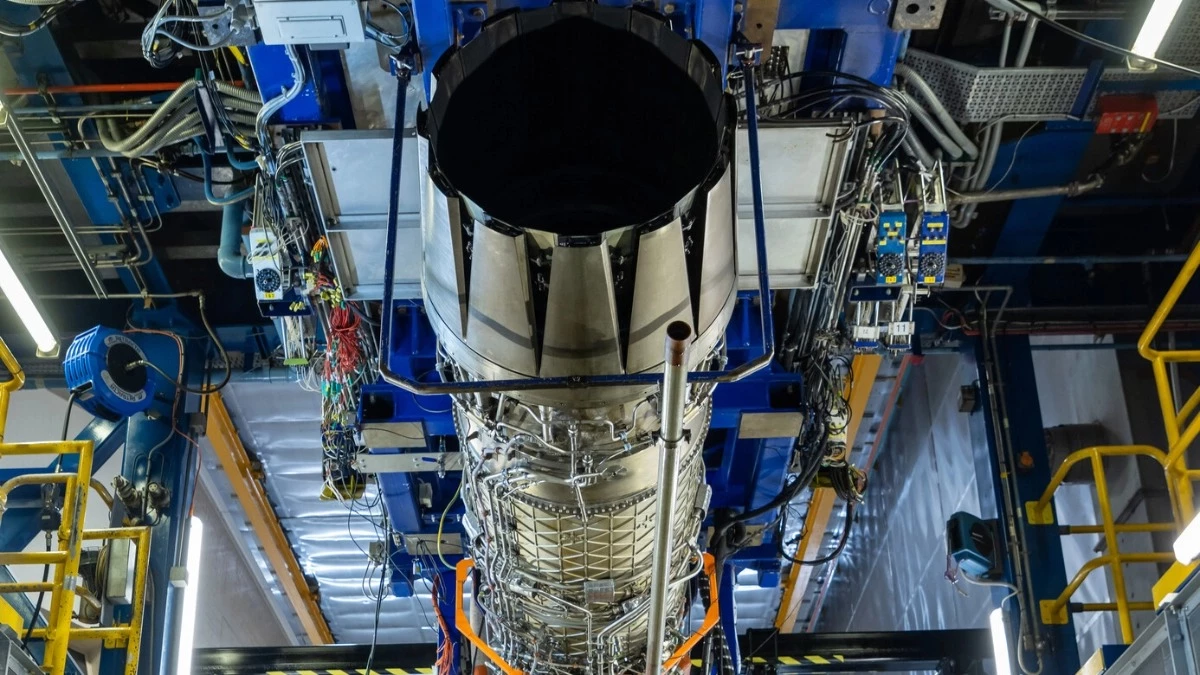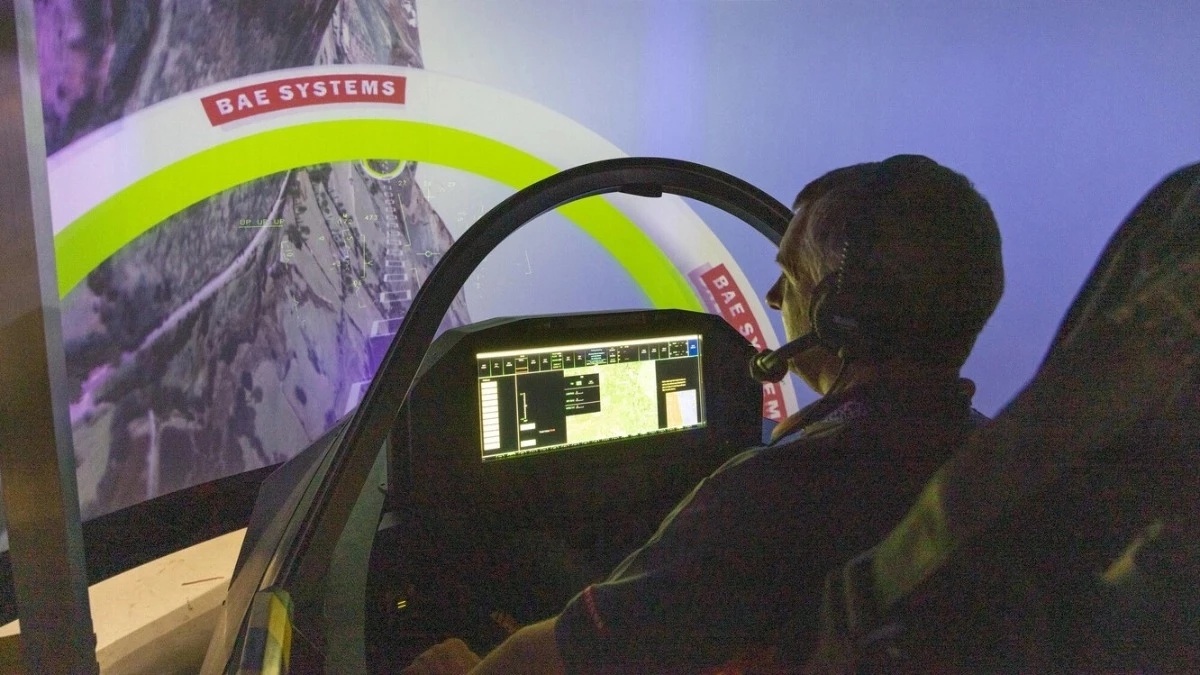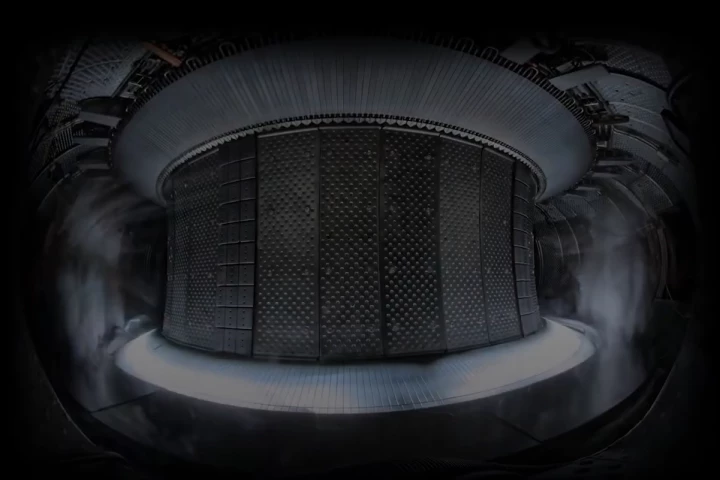One of the world's first sixth-generation fighters has moved closer to its first flight, as BAE Systems unveils the prototype Combat Air Flying Demonstrator, now under construction for the Global Combat Air Programme by Britain, Italy, and Japan.
Known as Tempest in the UK, which began the effort, the supersonic Global Combat Air Programme fighter is not only the first fighter to be built in Britain in 40 years, it's one of the first of a whole new class of combat aircraft with an advanced design incorporating a raft of new technologies and capabilities that verge of science fiction.
Expected to become operational by 2035 as a replacement for the Typhoon Eurofighter and a major advance on the F-35 Lightning II, the first major step in the program is to complete the demonstrator aircraft for its first flight in 2027. Its purpose is to help iron out any bugs in the design and develop the processes needed to manufacture the final aircraft.
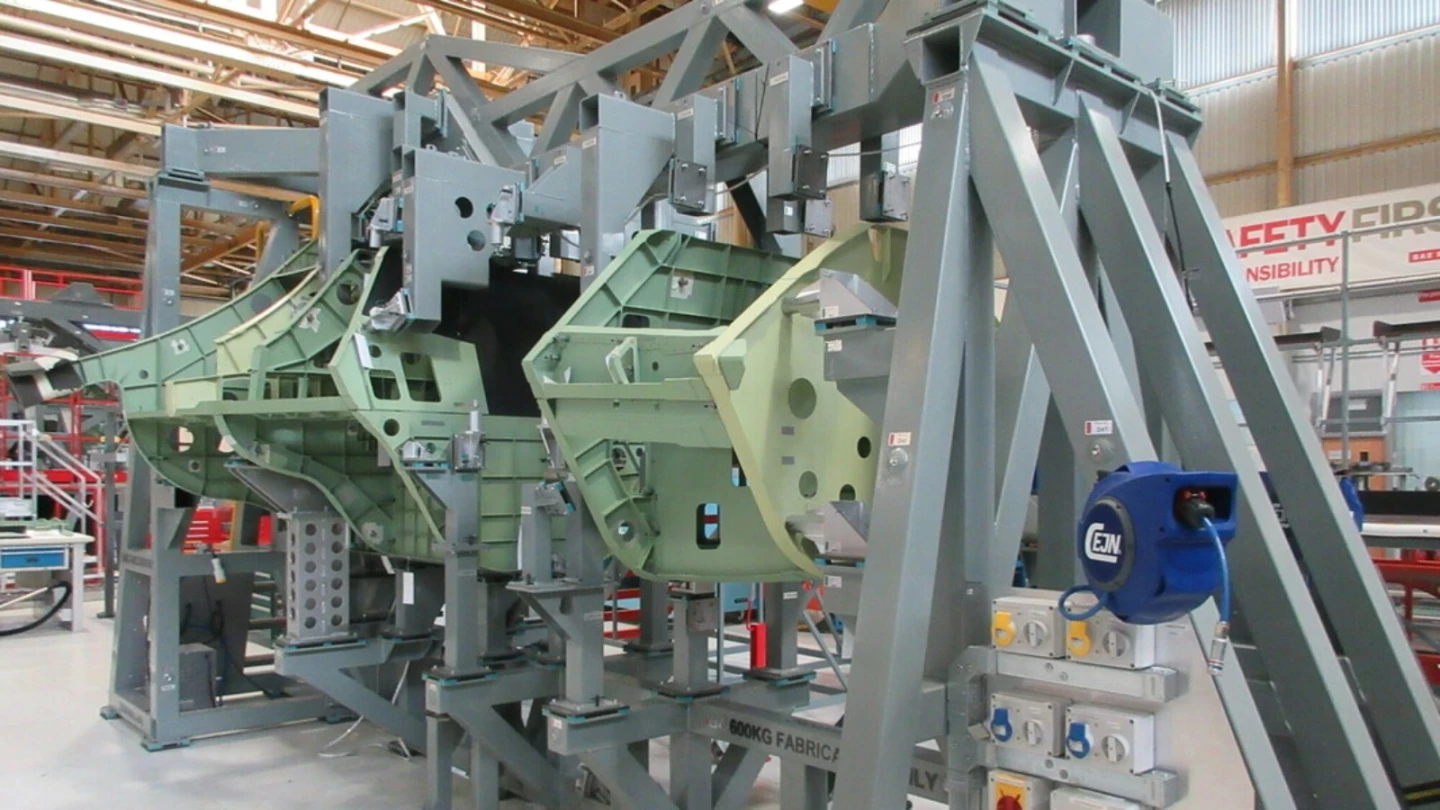
Until now, we've had to rely on artist's concepts and mock ups of the final Tempest fighter, but the release of the admittedly unadorned rendering of the demonstrator and of the actual airframe on the factory floor provide the first concrete idea of the finished product.
According to BAE Systems, by structural weight the demonstrator is already two-thirds completed, including the fuselage and wings. It's the product of a tranche of new digital manufacturing techniques that include 3D printing for rapid prototyping and simplification of components, digital twins, model-based systems engineering virtual simulations, and cobotics, which are robots designed to work closely and safely with human workers.
Even though the demonstrator has yet to be completed, test pilots from BAE Systems, Rolls-Royce, and the RAF have already flown over 300 simulated hours. This has allowed for rapid improvements of the flight controls by putting them and the simulated aircraft through complex flight operations.
In addition to identifying manufacturing problems, the program also deals with a new high-speed pilot ejector seat and a new Rolls-Royce jet engine. The expected end result will be a pilot-optional fighter with twice the payload of the F-35A and enough range to carry out transatlantic flights without refueling for an engine that has enough surplus electrical generating capacity to handle energy weapons and hypersonic launchers.
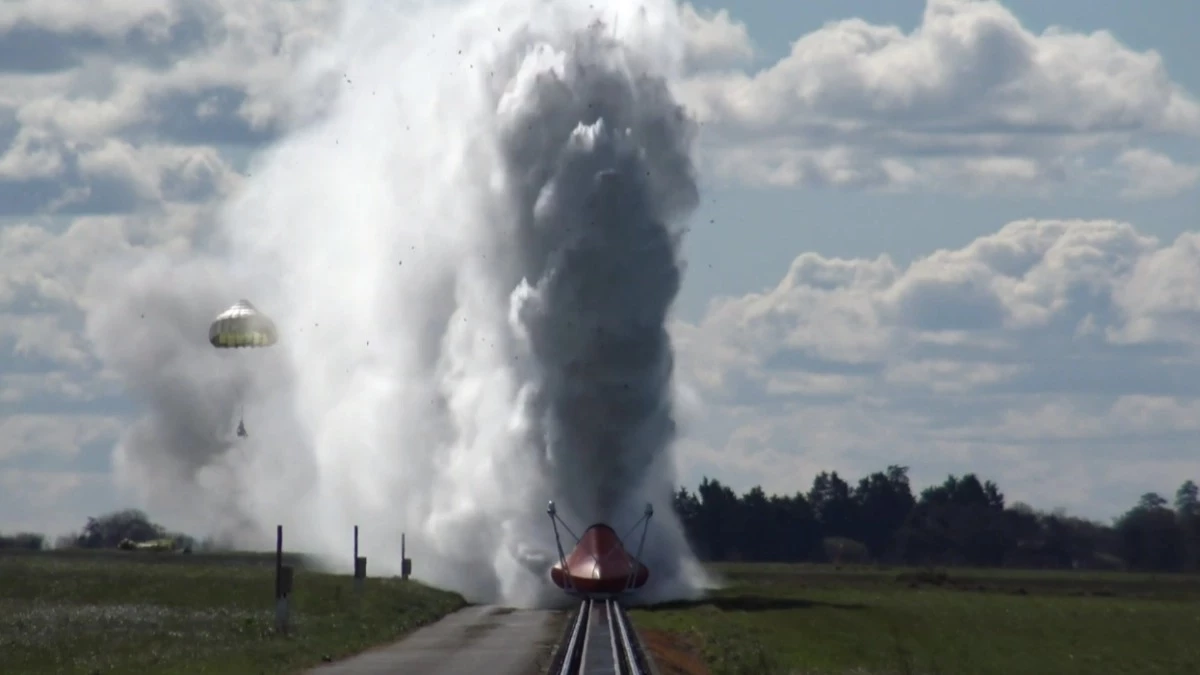
Along with these improvements, the Tempest boasts a modular design for quick upgrades, integrated AI and machine learning systems, Loyal Wingman controls that turn the fighter into a command and control center for swarm drones, new stealth technologies, and a virtual cockpit that can be easily reconfigured to suit a particular mission or task.
"This significant and challenging project will deliver the UK’s first crewed combat demonstrator aircraft in four decades," said Tony Godbold, Future Combat Air Systems Delivery Director, BAE Systems. "The program is accelerating the development of advanced design approaches and manufacturing techniques, helping to sharpen the UK’s industrial edge and deliver benefits beyond the production of the aircraft.
"As well as developing a unique aircraft, we’re building the technical foundations, workforce readiness and digital maturity essential to deliver the next generation of combat air capability."
Source: BAE Systems
